Series Testing Board Wiring:
This diagram shows how to make Series Testing board wiring. In this circuit, we use a switchboard, an indicator light, a 3-pin socket, a switch, a light holder, and a 2-pin plug. First, we need to connect the indicator, socket, switch, and holder with a series connection. Then we need to input a neutral connection to the indicator and light holder. Now the circuit is ready. If you want to know more about this circuit please check our youtube video below the post.
Advertisements
Components needed For this Project:
You can get the components from any of the sites below:
- 2 Pin Plug 220V AC [See Buy Click Amazon]
- Board Indicator [See Buy Click Amazon]
- SPST Switch [See Buy Click Amazon]
- Light Holder [See Buy Click Amazon]
- 2 Pin Socket [See Buy Click Amazon]
*Please note: These are affiliate links. I may make a commission if you buy the components through these links. I would appreciate your support in this way!
Advertisements
Components used to make the Series Testing Board Wiring:
2-Pole Means That the Device Plug is not Earthed and it Normally Has 2-Pins That Transmit Electricity. Originally, all Electrical Devices were Fitted with 2-pole Plugs, Which Means that the Devices were not earthed and that all main Sockets were Constructed for 2-pole plugs system. 2-pin Plugs Consist of 2 flat or Round Pins with one Called “hot” “live” or "line" and the Other Called “neutral”. When Connected to an Electric Circuit, the Current Flows From the live Pins Through The Copper Conductor and into the Device system.
02. Indicator:
Board indicators are optoelectronic devices that emit light to show the operating condition of a machine or appliance. Manufacturers and distributors use various terminologies for this type of product which can be confusing when trying to power source an item, particularly on-line: Signal lamps. Signal lights. That is an example of an indicator light bulb.
An SPST (Single Pole Single Throw) Switch is a Switch That only Has a Single Input and can Connect Only to one Output. This means it Only Has one Input Terminal and Only 1 Output Terminal. A Switch is a Mechanical or Controlling Device That Changes the Flow of Current Direction or Interrupts the Flow of Current Within a Circuit diagram. An electrical line using Single Pole Single Throws (SPST) is Perfect for on-off switching. When the SPST is closed, the Circuit is Closed and the light from the lamp switches on the system. When The Single Pole Single Throw (SPST) is then opened, the light from the lamp goes out and the Circuit is off.
04. Light Holder:
A lightbulb Holder, light socket, lamp socket, or lamp holder is a device that Mechanically Supports and Provides Electrical Connections for a Compatible Electric Lamp base. Sockets allow Lamps to be safely and conveniently replaced holders come in Various Shapes and colors. Where the Lamp Holder has a Threaded Component Which is Used To Mount it On a Support. Common in the table/stem of the lamp, and also used in Conduit Applications/Standard lights where the lamp holder is fixed to the base.
A Power Socket is a Device to Which Electrical Devices Can Be Connected to Receive the Electric Current Required For Their Operation. Connected by a System of Cables to a Power Source, Usually, an Electricity Generation Facility operated by an energy Production company, generally has no moving parts. Instead, it contains metal strips that make contact with the prongs of an Electric plug inserted into the socket. It is Through these Contacts That the Electric current is Transmitted. Electrical Devices that connect to a Power Source Through a Power Socket are Considered to be Portable Because they can easily be Connected and Disconnected From the Power Source.
Thank You for visiting the website. Keep visiting for more Updates.
Frequently asked questions
This Circuit diagram shows a series of parallel electrical testing boards. In this circuit diagram, we use a 2-way switch and light and a 3-pin socket. First, we need to input the phase line to the 2-way switch and then from the switch to the power supply socket and light.
Wiring Circuit diagrams use symbols to illustrate the connections between different components in an electrical circuit. These symbols help professionals understand how various parts of the Project system are connected and ensure the proper installation and troubleshooting of electrical systems.
A series circuit diagram is a circuit in which 2 components share a common node and the same current flows through them. However, in a parallel circuit, components share 2 common nodes. In this article, let us look at more differences between series connection and parallel connection and circuits.
Using a multimeter, testing each component is the current most effective way to test PCB component failure. You can test each resistor, as a capacitor, and so on. You should the power supply test them individually to find out if they are working.
Series circuit diagrams are useful if you want a warning that 1 of the components in the circuit has failed. They also use less wiring than parallel. Parallel lines never an meet, no matter how far they are extended.
Read more Single Phase Wiring
What is a kilowatt-hour (kWh) | kwh formula | What does kwh mean
Introduction to Electrical Units and CircuitskW and kWh on your electricity bill As your home uses electricity during...
What is the Difference Between kVA | What does KVA mean | kVA formula
Difference Between KVA ExplainedWhat does KVA Mean? There are technical terms aplenty when it comes to generators, and...
Power Factor | Power Unit | Energy | Electricity Unit
Power factor definition | Calculating Power FactorPower Factor Values In a purely resistive circuit, the power factor...
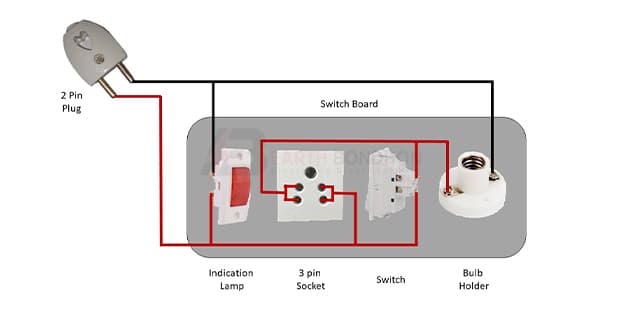
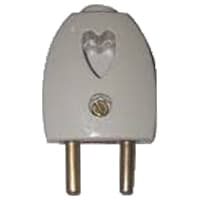
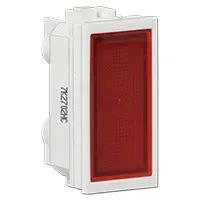
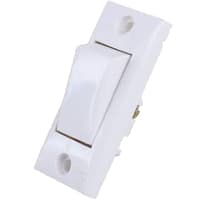
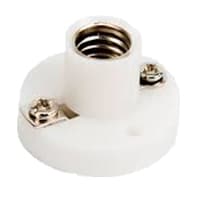
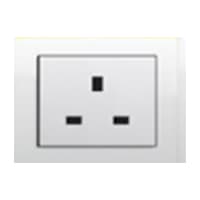
0 Comments